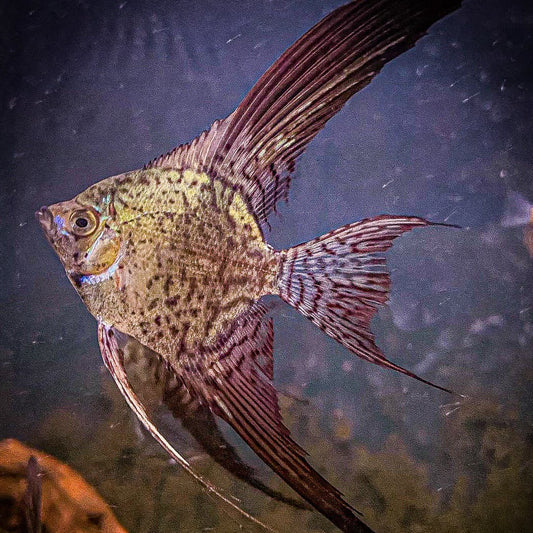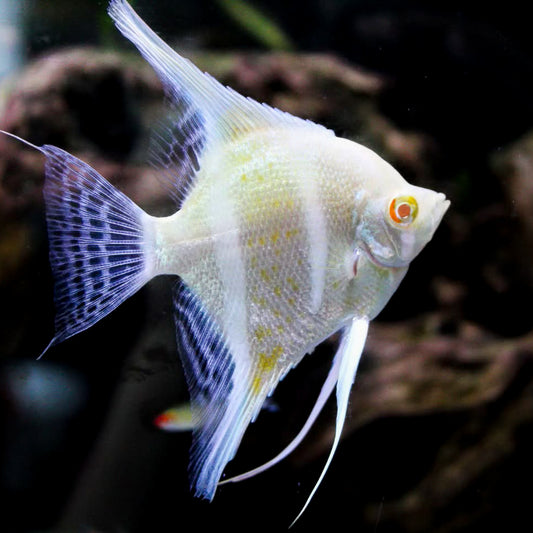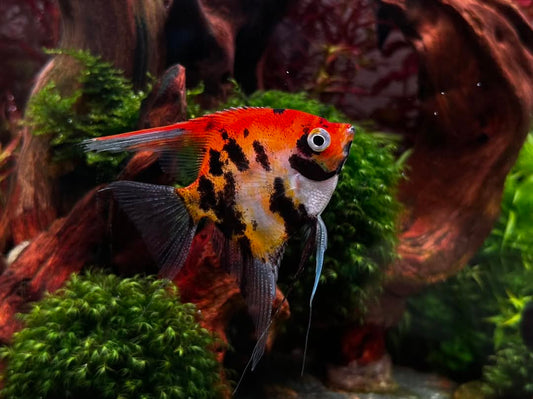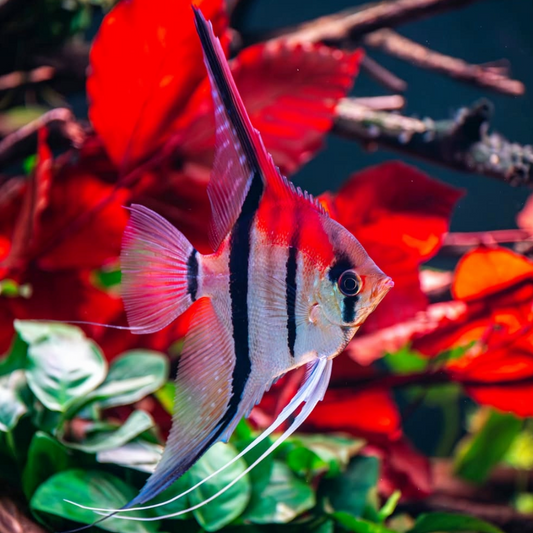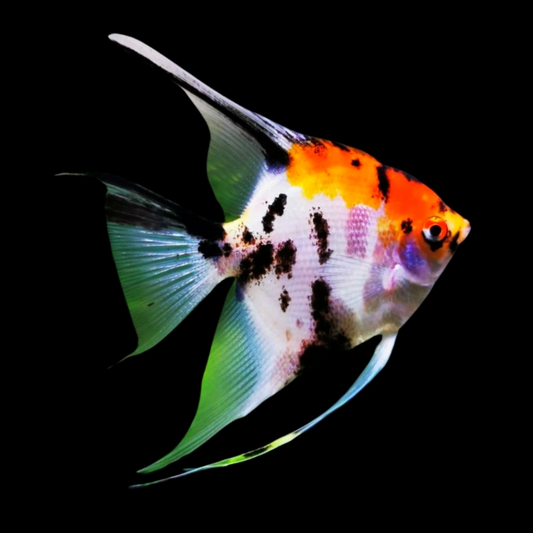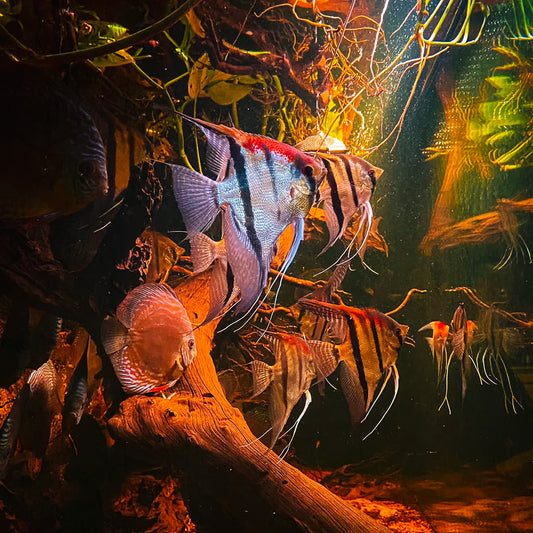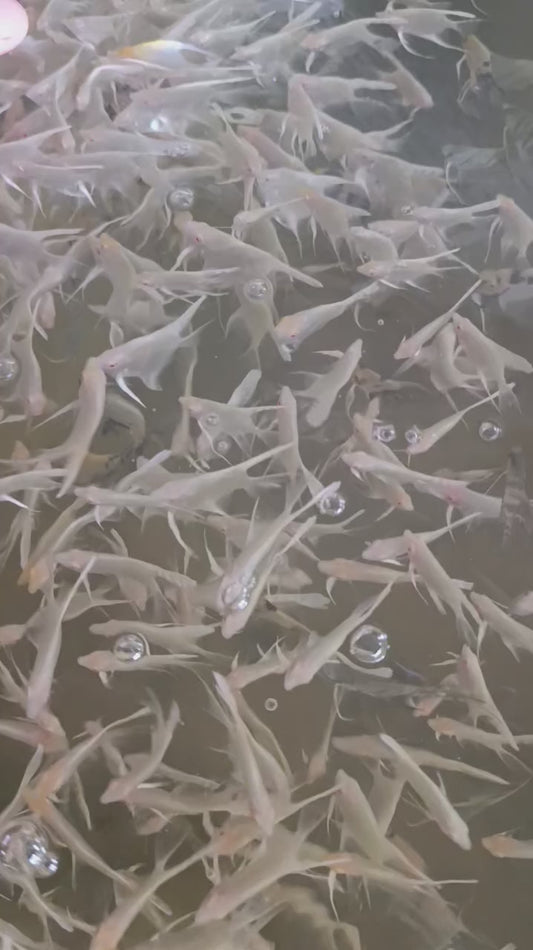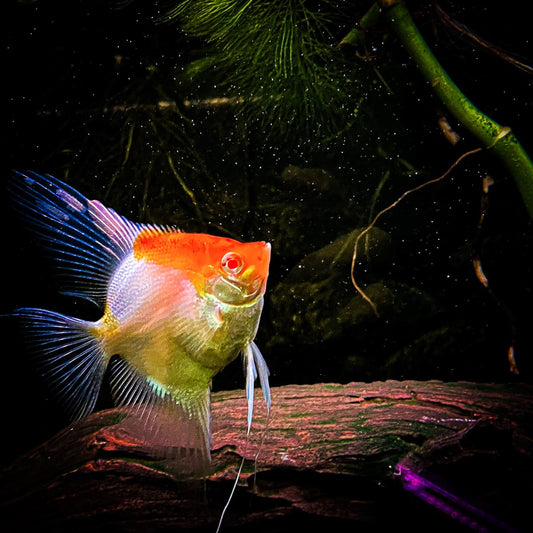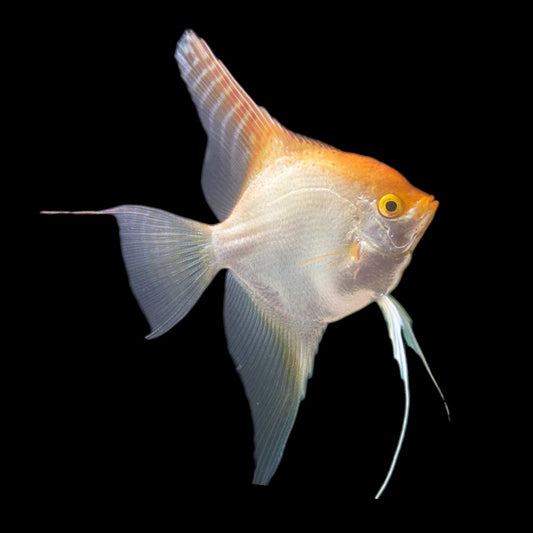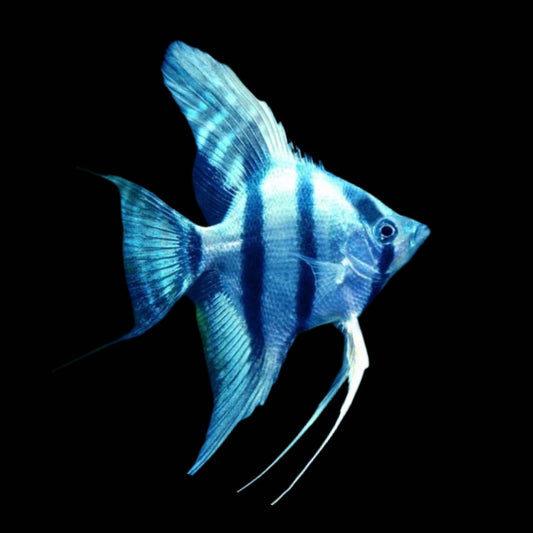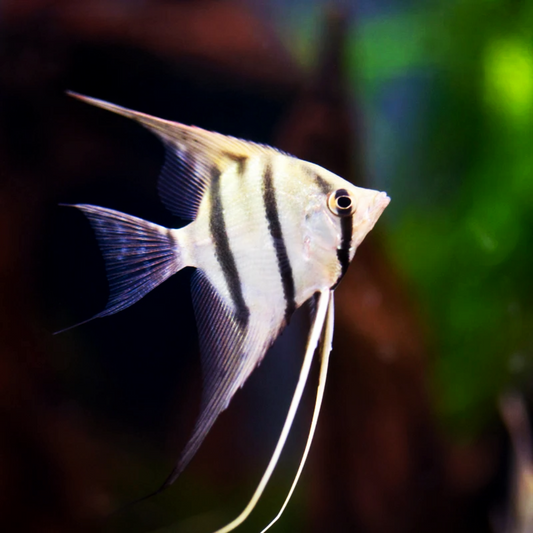Exotic Freshwater Angelfish Showcase
-
Leopard Angelfish
Vendor:Tropicflow's AngelfishRegular price From $29.99 USDRegular priceUnit price per -
Wild Strain Altum Angelfish
Vendor:Tropicflow's AngelfishRegular price From $99.99 USDRegular priceUnit price per -
Albino Dantum Angelfish
Vendor:Tropicflow's AngelfishRegular price From $129.99 USDRegular priceUnit price per -
Red Devil Angelfish
Vendor:Tropicflow's AngelfishRegular price From $29.99 USDRegular priceUnit price per -
Panda Angelfish
Vendor:Tropicflow's AngelfishRegular price From $49.99 USDRegular priceUnit price per -
Manacapuru Angelfish
Vendor:Tropicflow's AngelfishRegular price From $49.99 USDRegular priceUnit price per -
Tricolor Angelfish
Vendor:Tropicflow's AngelfishRegular price From $29.99 USDRegular priceUnit price per -
Blue Smokey Angelfish
Vendor:Tropicflow's AngelfishRegular price From $49.99 USDRegular priceUnit price per -
Santa Isabel Angelfish
Vendor:Tropicflow's AngelfishRegular price From $69.99 USDRegular priceUnit price per -
Platinum Angelfish
Vendor:Tropicflow's AngelfishRegular price From $29.99 USDRegular priceUnit price per -
Koi Albino Red Cap Angelfish
Vendor:Tropicflow's AngelfishRegular price From $29.99 USDRegular priceUnit price per -
Gold Angelfish
Vendor:Tropicflow's AngelfishRegular price From $29.99 USDRegular priceUnit price per -
Black Marble Angelfish
Vendor:Tropicflow's AngelfishRegular price From $29.99 USDRegular priceUnit price per -

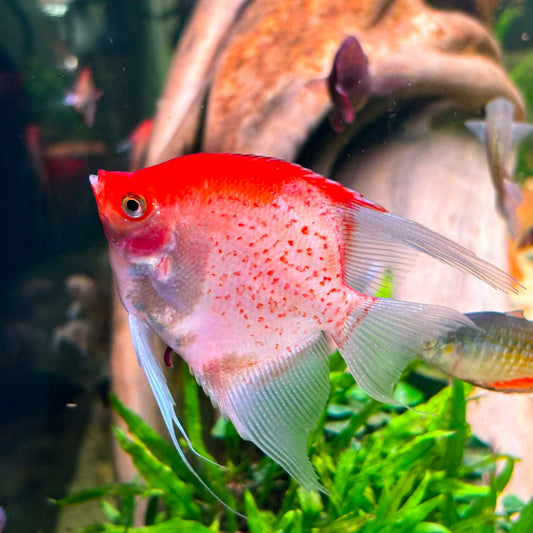 Sold out
Sold outSunset Angelfish
Vendor:Tropicflow's AngelfishRegular price From $49.99 USDRegular priceUnit price per -
Blue Zebra Angelfish
Vendor:Tropicflow's AngelfishRegular price From $29.99 USDRegular priceUnit price per -
White Zebra Angelfish
Vendor:Tropicflow's AngelfishRegular price From $29.99 USDRegular priceUnit price per
FAQs about Angelfish
Are angelfish freshwater or saltwater fish?
Angelfish come in both freshwater and saltwater varieties, but the commonly kept aquarium angelfish (Pterophyllum species) are freshwater fish native to the Amazon River basin in South America.
How big do freshwater angelfish get?
Freshwater angelfish typically grow up to 6 inches in body length and can reach 8 inches tall including fins, depending on the variety and tank conditions.
How long do freshwater angelfish live?
With proper care, freshwater angelfish can live 8 to 10 years in captivity, and sometimes longer in well-maintained aquariums.
What do freshwater angelfish eat?
Freshwater angelfish are omnivores. In captivity, they eat flakes, pellets, frozen or live foods like brine shrimp and bloodworms. In the wild, they feed on small invertebrates, insect larvae, and plant matter.
Are freshwater angelfish aggressive?
Angelfish are semi-aggressive. While generally peaceful, they may display territorial behavior—especially during breeding or in crowded tanks.
Can freshwater angelfish live with goldfish?
It’s not recommended. Goldfish prefer cooler water, while angelfish need warm, tropical conditions. Their different care needs make them incompatible tank mates.
How do you breed freshwater angelfish?
To breed angelfish, provide a bonded pair, warm water (78–82°F), and a vertical spawning surface like a leaf or slate. The pair will lay eggs, which they often guard until hatching in 2–3 days.
How to care for freshwater angelfish?
Keep angelfish in a tall tank (20+ gallons), maintain stable warm water (76–82°F), pH 6.5–7.5, and feed a varied diet. Add plants and vertical structures for hiding and territory.
How to tell the sex of freshwater angelfish?
Sexing angelfish is tricky. Males may have a larger forehead hump, while females often show a rounder belly. During breeding, males have a pointed breeding tube, and females have a blunt one.
Where do freshwater angelfish come from?
Freshwater angelfish are native to the Amazon River basin and its tributaries in South America, where they inhabit slow-moving, warm freshwater with dense vegetation.
Why does my driftwood look fuzzy?
A white, fuzzy biofilm often appears on new driftwood. It's harmless, natural, and usually eaten by shrimp or fish; it disappears over time.
What fish can live with freshwater angelfish?
Compatible tank mates include peaceful species like corydoras, tetras (larger varieties), gouramis, and bristlenose plecos. Avoid fin-nippers or very small fish that may get eaten.
Do freshwater angelfish mate for life?
Angelfish form monogamous pairs during breeding and may stay bonded for life, especially in stable tank environments.
Why is aquarium driftwood so expensive?
Aquarium driftwood is expensive due to careful sourcing, cleaning, curing, and shipping. Each piece is unique, making it a premium aquascaping material.
What is the smallest freshwater angelfish?
Leopold's angelfish (Pterophyllum leopoldi) is the smallest species, typically reaching 3 inches in body length and less commonly kept in aquariums.
How fast do freshwater angelfish grow?
Angelfish grow quickly in the first 6 months and usually reach adult size within 10–12 months, depending on diet and tank conditions.
How many freshwater angelfish should be kept together?
Angelfish can be kept in groups of 4–6 in larger tanks (30+ gallons), but monitor for aggression. A single pair is ideal for smaller tanks.
Are freshwater angelfish easy to keep?
Yes, freshwater angelfish are relatively easy to care for, making them a popular choice for intermediate aquarists.


